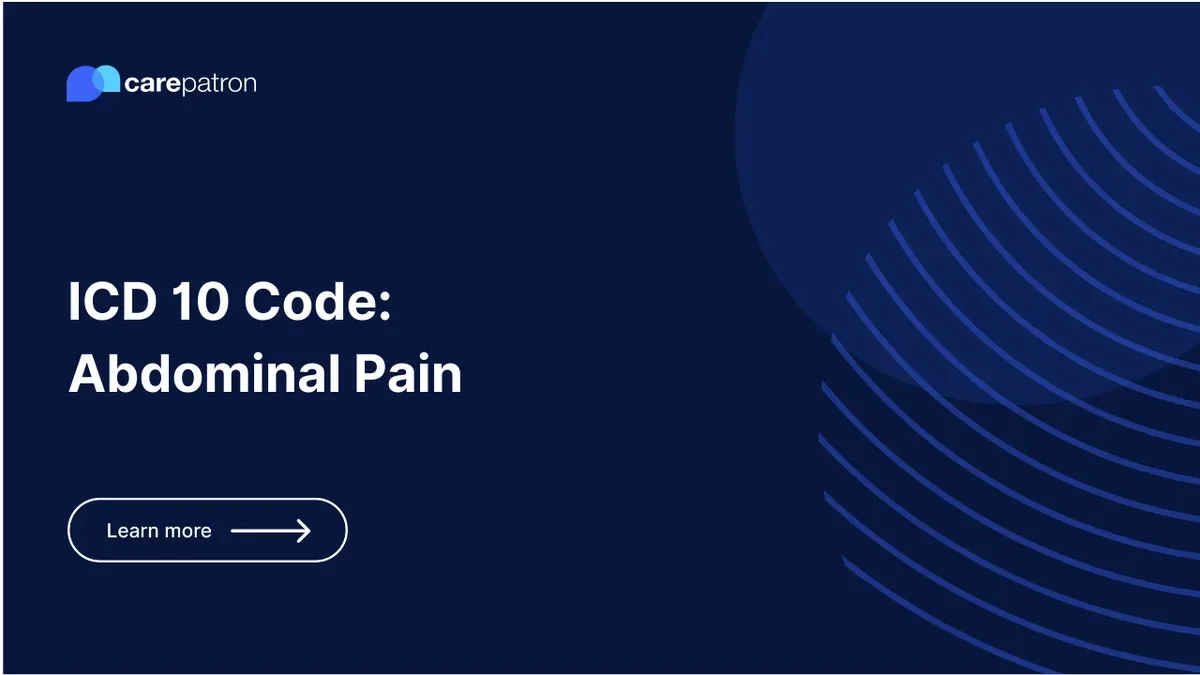
Abdominal Pain ICD-10-CM Codes
Discover the comprehensive list of ICD-10-CM codes for abdominal pain, aiding accurate diagnosis and effective medical treatment.
Use Code
Commonly asked questions
ICD codes for abdominal pain help healthcare providers accurately document and communicate the pain's nature, location, and underlying cause. These codes assist in diagnosis, treatment planning, research, and reimbursement for medical services.
The selection of an ICD code for abdominal pain depends on various factors, including the location, severity, and underlying cause. Healthcare providers evaluate the clinical information, perform diagnostic tests, and review the ICD-10-CM codebook to assign the most accurate and specific code.
Yes, in some cases, abdominal pain may have multiple ICD codes. This can occur when there are multiple locations of pain or multiple potential causes that need to be addressed or investigated separately.
EHR and practice management software
Get started for free
*No credit card required
Free
$0/usd
Unlimited clients
Telehealth
1GB of storage
Client portal text
Automated billing and online payments
